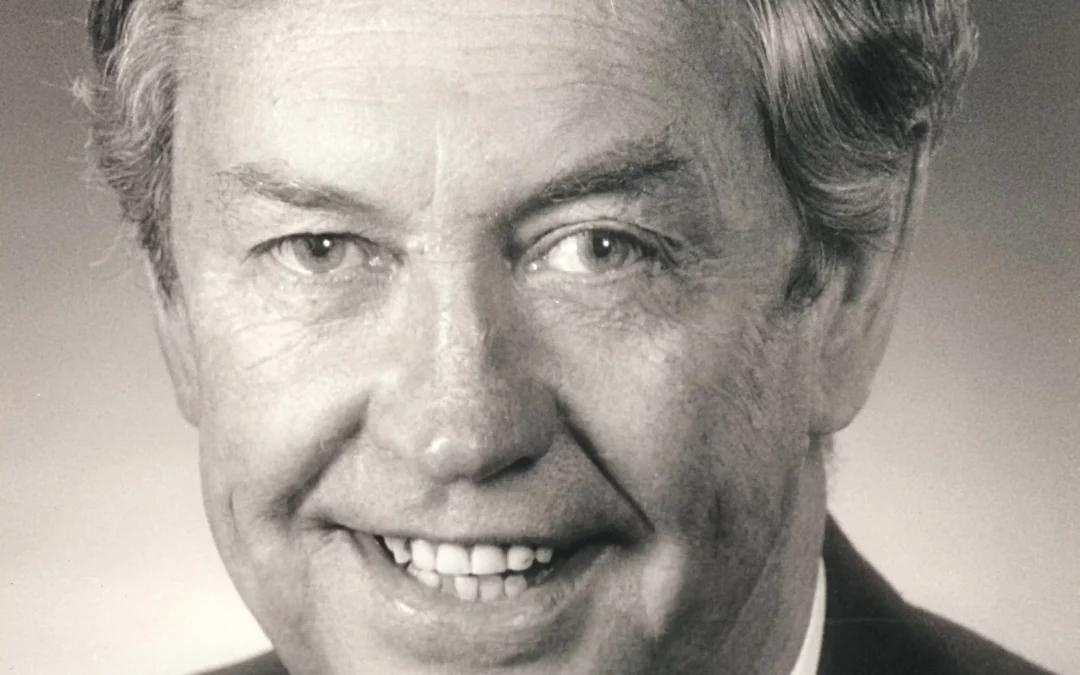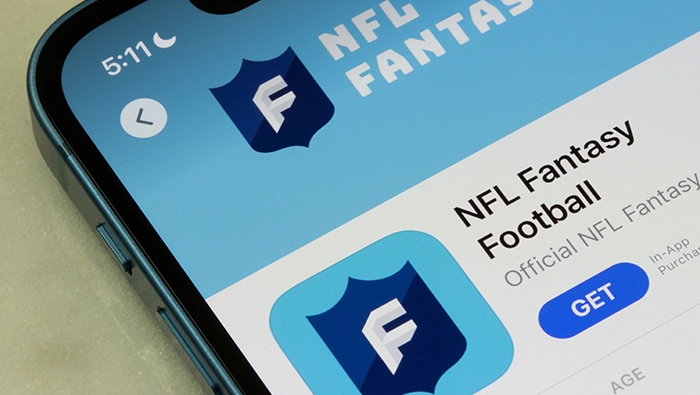
Tips for taking powerful photos
To improve your images from ho-hum to high impact, use these five suggestions for your club’s next project or event.
By Julie Saetre
Whether you want to boost the power of your club’s social media posts or spotlight its achievements through a showcase exhibit, well-composed photos make all the difference. Vibrant images show what Kiwanis club members do and who they serve. To take your photos from ho-hum to high impact, incorporate these five tips into your next snapshot session:
- Plan ahead. What story do you want your photo to tell? How do you want viewers to react?
- Be polite. Don’t just start snapping photos of someone. Talk to your subject in a conversational tone and ask if you can take the photo.
- Think active, not passive. If your club is hosting an event to shop with kids or distribute school supplies, photograph a child trying on a new coat or exploring the contents of a backpack. A photo of club members lined up before the event won’t be meaningful to your audience.
- Experiment with angles. Take a wide view of the room or event space, then try a few closeups of faces. Get down to eye view by kneeling. Move closer to your subject and avoid shooting down at them — you’re more likely to get a genuine expression. Play with perspectives and see which images you like best.
- Keep it simple. If you’re shooting a portrait, choose an uncluttered background. Avoid trees or items that appear to “grow” from behind a subject’s head. Don’t use the flash function if possible. Seek natural light and avoid shadows. Ask your subject to move forward from a backdrop, banner or poster. Don’t have a person stand straight against a wall. You want a memorable image, not a mug shot.


